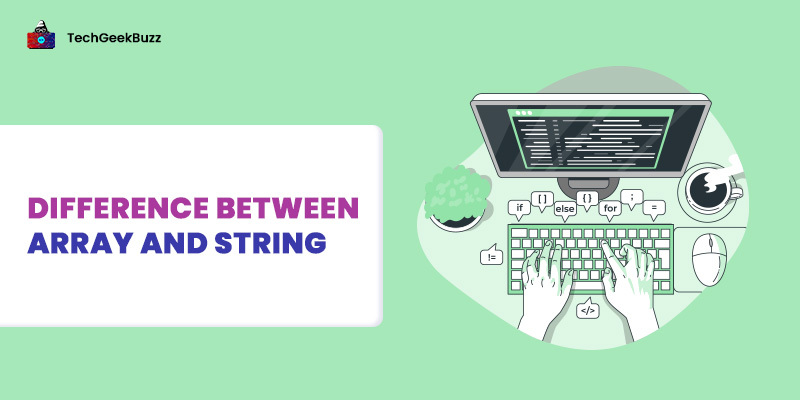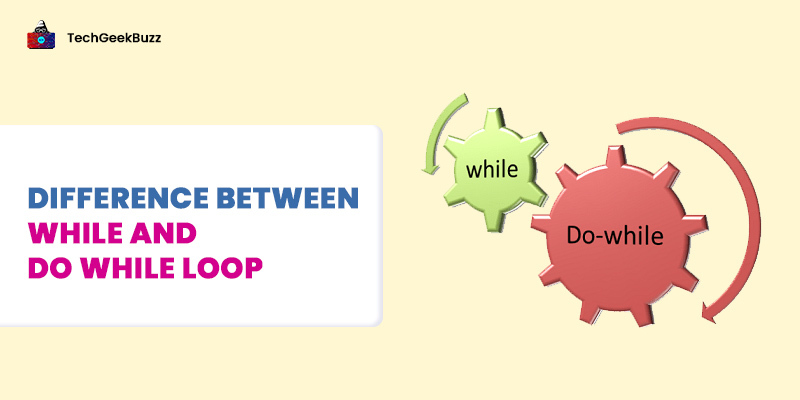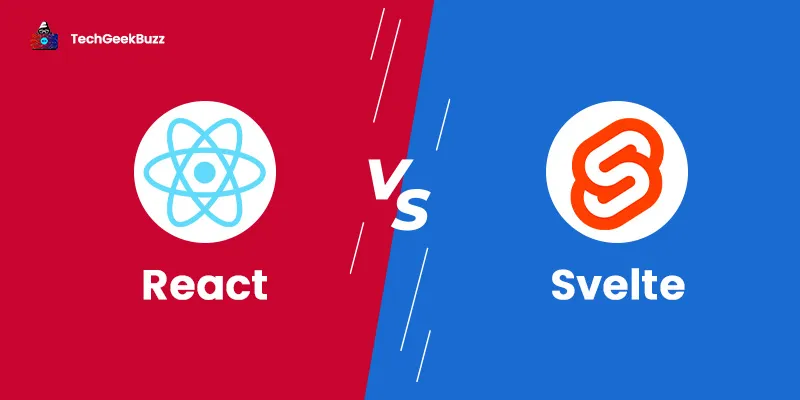The development of any software application takes a systematic approach that involves multiple steps, from planning to deployment, and that approach is called Software Development Life Cycle ( SDLC ). It ensures that the developed software meets the quality standards and operates smoothly with the least possible issues.
There are various methodologies or approaches available to implement the SDLC process, and choosing the best one among them might seem challenging. Out of all SDLC methodologies, agile and waterfall methodologies are used extensively in software development and project management.
In this article, we will draw a detailed comparison between agile and waterfall methodologies. But before that, let us first understand what exactly agile and waterfall methodologies are, along with their benefits and limitations.
What is Waterfall Methodology?
A waterfall model is a sequential approach to software development that divides the SDLC process into various linear sequential phases. Therefore, it is also known as Linear-Sequential Life Cycle Model. It gets its name as the waterfall model because the flow of software progresses in only one direction, i.e., downward direction. The entire software development process in a waterfall model is divided into six distinct phases that are as follows:
- Requirements Gathering and Analysis
- System Design
- Implementation
- Integration and Testing
- Deployment of System
- Maintenance
As it is a sequential process, the next phase begins only when the previous phase is completed. Thus, there is no overlapping of the phases, and the output of one phase acts as the input to the next phase.
Benefits of Waterfall Methodology
A waterfall model offers the following benefits:
- Easy and simple to understand.
- A perfect solution for managing dependencies.
- The involvement of the client is not necessary for every phase.
- Easy to manage as each phase has its review process and deliverables.
- Suitable for small-scale projects that have easily understandable and well-defined requirements.
- The process and results of each phase are well documented.
Limitations of Waterfall Methodology
Here are some limitations of using the waterfall model:
- Higher chances of bugs and errors because software undergoes testing only after its complete development.
- Not suitable for large-scale projects with unclear and ambiguous requirements.
- Turns out to be an ineffective approach if the requirements are unclear at the beginning of the project.
- It is extremely challenging to shift to a previous phase from the current phase to make changes.
What is Agile Methodology?
Unlike waterfall methodology, an agile methodology is an iterative approach that involves continuous development and testing throughout the software development process. In general, development and testing processes in the agile model are performed simultaneously.
The agile methodology splits a project into smaller parts, called iterations or sprints. Each iteration is of a short time period and lasts for one to four weeks. Instead of performing requirements analysis, development, and testing individually, the agile approach combines all of them.
The project’s scope and requirements plans associated with the number of iterations, and each iteration’s duration, are defined at the beginning of the development process. Each iteration consists of a cross-functional team working on different phases involved in the agile methodology that are listed as follows:
- Requirement gathering and analysis
- Design the requirements
- Construction/ iteration
- Testing
- Deployment
- Feedback
An agile methodology is a team-based approach to software development; therefore, it facilities constant communication among stakeholders, developers, and testers.
Benefits of Agile Methodology
The agile methodology offers the following benefits:
- Continuous involvement of a client throughout the development process.
- It allows clients to review the progress of their products during the development process.
- Develops a product within a short time (weeks and not months), unlike the waterfall model.
- Ideal for large-scale projects.
- It facilitates smaller and more frequent releases of the software.
- Enables a client to provide feedback on every release of the product.
- Accepts changes in project requirements even in the later stages of the development.
Limitations of Agile Methodology
Here are some downsides of the agile methodology:
- Requires an expert to make vital decisions.
- Less documentation.
- It is challenging to estimate the effort required to develop complex projects.
- The implementation of agile methodology is slightly more expensive than other software development approaches.
- Not ideal for small-scale projects.
Agile vs Waterfall: A Head-to-Head Comparison
The below table highlights the key differences between waterfall and agile models.
| Parameters | Waterfall Model | Agile Model |
| Separation of the development lifecycle | It divides the entire software development process into multiple phases. | This model divides the project development lifecycle into several sprints. |
| Flexibility | A waterfall model is not flexible as you cannot change the requirements of a project once its development begins. | It is flexible as it accepts changes in requirements, even late in the development process. |
| Approach | It takes a linear, sequential approach. | The agile model follows an incremental approach. |
| Concurrency | There is no concurrent execution of testing and development activities. Testing is performed only when the development is finished. | Software development and testing go hand in hand. |
| Phases occurrence | All six phases in a waterfall model occur only once throughout the software development process. | As agile is an iterative approach. Planning, development and prototyping phases may occur more than once during the software development process. |
| Test plan reviewal | The test plan during the phase in a waterfall model is rarely discussed. | The test plan review takes place after each sprint. |
| Team members | In the waterfall model, the project manager plays a crucial role throughout the software development process. | There is no need for a dedicated project manager in an agile approach, as all team members are responsible for managing the project. |
| Project details description | Once the project development begins, there is no scope to change the project details description. | It allows changing product details description anytime during the software development process. |
| Primary focus | The waterfall model primarily concentrates on developing and delivering a product. | The agile model focuses on developing a product that meets a client’s expectations. Also, it concentrates on changing a product depending upon the changing needs of customers, |
| Project view | The software development process is viewed as a single project. | It treats the software development process as multiple sub-projects. |
| Team size | Coordination and synchronization in a team are limited. | It achieves a high degree of team coordination and synchronization. |
Conclusion
Both agile and waterfall methodologies are well-known approaches for software development. The waterfall methodology is the oldest among all approaches and follows the linear sequential model , whereas the agile methodology follows an incremental approach. The waterfall model is ideal for small-scale applications with clear and definite requirements, whereas the agile model is suitable for large-scale applications with evolving requirements. Therefore, you can choose between the two depending upon your project requirements.
People are also reading:





Leave a Comment on this Post